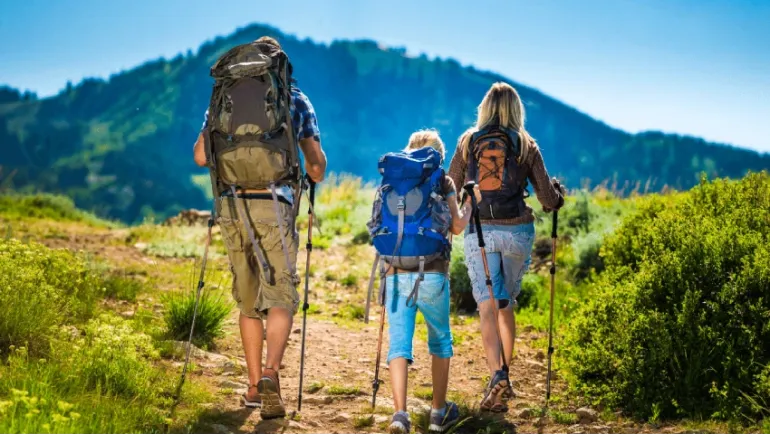
Hiking is one of the most rewarding outdoor activities, offering a blend of fitness, nature, and adventure. Whether you're hiking in the hills of Bandarban, the forests of Sylhet, or just exploring a nearby trail, safety should always be your top priority. The outdoors can be unpredictable, and even a simple hike can turn dangerous if you're unprepared. To help you enjoy your treks safely, here’s a comprehensive guide on the most important hiking safety tips every hiker in Bangladesh and beyond should follow.
Every hike starts with preparation. Before you lace up your boots, research the trail you plan to hike. Understand the trail length, difficulty level, elevation gain, and weather conditions. Use apps like AllTrails or local hiking groups on Facebook to check trail conditions. Knowing what to expect helps you pack appropriately and mentally prepare for the hike.
Never underestimate the weather. Sudden rainfall, storms, or intense heat can drastically change trail conditions. In Bangladesh’s monsoon or summer season, trails may become muddy, slippery, or even flooded. Always check weather updates before heading out and consider postponing your hike in extreme conditions.
A safe hiker is a prepared hiker. Make sure your backpack includes the following:
Wear moisture-wicking, breathable clothes and proper hiking shoes with good grip. Avoid cotton, as it retains moisture and can lead to hypothermia in cold weather. In tropical climates like Bangladesh’s, light clothing and a wide-brimmed hat will help prevent overheating and sunburn.
Start hydrating hours before your hike and bring enough water to last the entire trail. As a rule of thumb, carry at least 500ml per hour of hiking. Use hydration packs or reusable bottles. Don’t forget energy bars, dried fruits, or trail mix to keep your energy up throughout the trek.
One of the simplest but most effective safety tips is letting someone know your hiking plan. Share your location, trail route, and expected return time with a friend or family member. In case of an emergency, this information can help rescuers locate you faster.
Venturing off-trail might seem exciting, but it significantly increases your chances of getting lost or injured. Stick to marked paths, follow trail signs, and avoid shortcuts. Trail markings exist for a reason – to keep you safe and preserve the environment.
Solo hiking can be peaceful, but it also poses more risks. It’s safer to hike with at least one companion. If you prefer going solo, make sure you’re experienced and well-prepared. Carry a whistle or personal locator beacon (PLB) for emergencies.
Bangladesh’s forests and hill areas are home to various animals and insects. While dangerous wildlife encounters are rare, snakes, spiders, and mosquitoes can be common. Wear insect repellent, watch where you step or sit, and avoid feeding wild animals.
Pushing yourself too hard can lead to fatigue, injury, or worse. Start with beginner trails if you're new to hiking and gradually increase your difficulty level. Take regular breaks, listen to your body, and turn back if something doesn’t feel right.
Know basic first aid, especially how to treat blisters, sprains, and cuts. Carry a first-aid manual or download an app for quick reference. In more remote areas, network signal may be limited, so always carry offline maps and a flashlight or power bank.
Hiking safely also means caring for nature. Don’t leave behind trash, disturb plants, or harm wildlife. Follow the Leave No Trace principles to preserve nature for future hikers and help maintain trail safety.
Hiking is an incredible way to reconnect with nature and boost your health, but safety should always come first. Whether you’re planning a short nature walk or a multi-day trek, these hiking safety tips will ensure you're ready for any challenge. Remember, the key to an enjoyable hike is preparation, awareness, and respect—for the environment, your fellow hikers, and yourself.
With the right approach, every trail can become a safe and unforgettable adventure.












Comments
There are no comments for this Article.